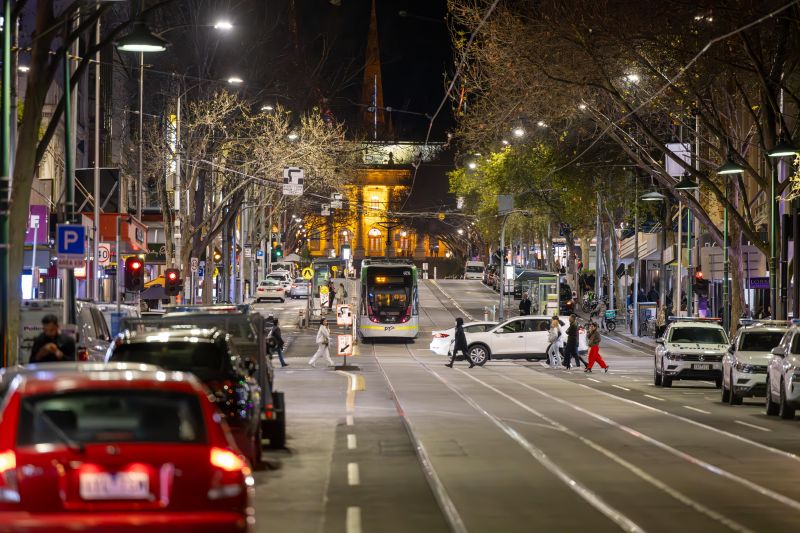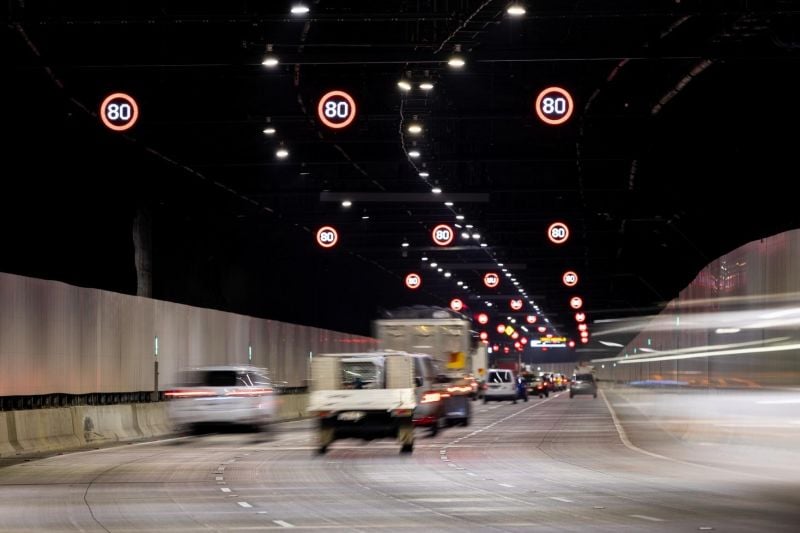With rising cost of living pressures continuing to impact Australians, a recent report has shown transport costs for the typical local household rose at a higher rate than inflation in the past financial year.
According to the Australian Automobile Association’s (AAA) most recent Transport Affordability Index, transport costs increased by more than 10.5 per cent over the 12 months to June 30, 2024.
That figure comes as the consumer price index (CPI) increased by 3.8 per cent over the same time period.
The report shows in the June 2024 quarter, the typical Australian household spent 17 per cent of its income on transport, up from 15.9 the same time last year.
In the June quarter, the annualised cost of transport for a typical household in an Australian capital city rose by $141 to $25,572. That translates to a 0.6 per cent increase, less than the quarter’s 1.0 per cent CPI rise.
The AAA attributes the slowed rate of increase to the halving of public transport fees in Hobart, which brought down the average national transport cost inflation rate.
With Hobart excluded, the average quarterly rise in capital city transport costs was 0.9 per cent, while the national rise matched the CPI with a 1.0 per cent increase.
Annualised increases across Australia’s capital cities included an $88 rise in car loan repayments, a $54 rise in comprehensive car insurance, and a $72 rise in fuel expenditure.
The typical Australian capital city household’s average weekly fuel expenditure rose above $100, with Brisbane residents forking out $103.60, while Sydney, Canberra, Melbourne, and Hobart rounded out the top five and were all above average.
The AAA’s index also records costs in one regional centre in each state and territory, with annualised transport costs for the average regional household rising $261 to $21,901.
As in the capitals, the bulk of cost rises came from higher car loan repayments, comprehensive insurance premiums, and net fuel expenditure, with annualised rises of $90, $75 and $78 respectively.
Weekly fuel expenditure recorded a regional average of $103.06, with Bunbury ($120.50), Geelong ($119.77), and Launceston ($115.44) the most expensive regional centres in Australia.
As for public transport, Brisbane is ranked as Australia’s most expensive city with an average weekly cost of $59.67. The national capital city average is $39.35 per week, and every capital city except Canberra, Darwin, and Hobart rank significantly higher than average.
Melbourne and Brisbane were also the two most expensive for toll roads each week at $61.40 and $61.20 respectively. Sydney is the only other city in Australia with tolls, and it recorded a weekly average cost of $44.58.
AAA managing director, Michael Bradley, said increased cost-of-living pressure was why governments should adjust policies regarding transport costs.
“At a time when cost-of-living pressures across the board are hurting most Australians, increased transport cost rises are a major pain point for households and businesses,” he said.
“Transport is a significant and unavoidable expense for households, and it is also one of the key drivers of general inflation.”
MORE: Australian motorists are neglecting car maintenance due to high costs






